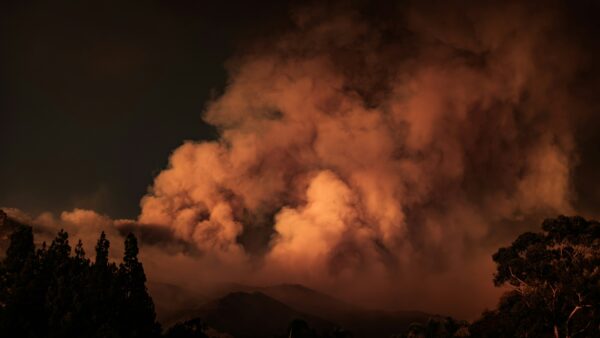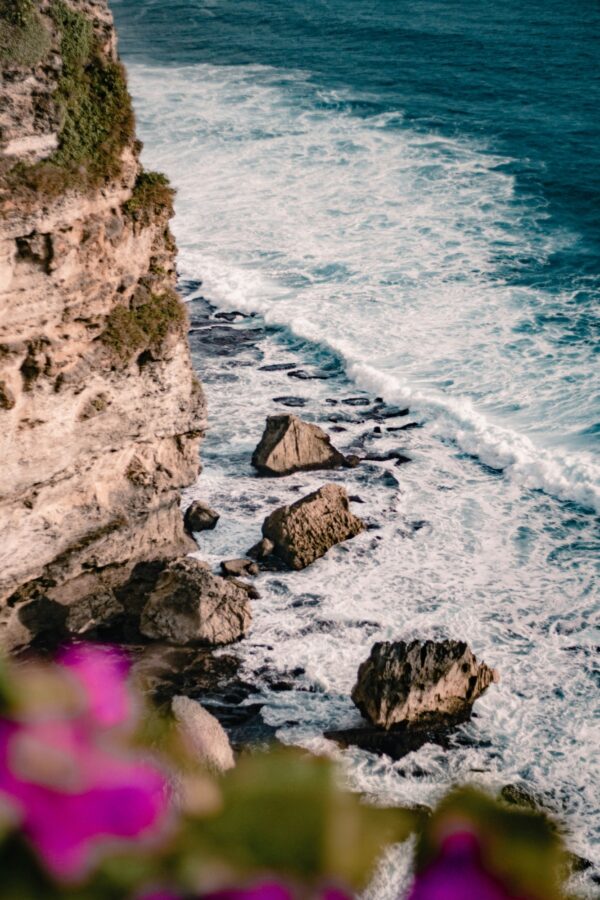Perdaman urea plant to increase emissions in Western Australia and misses green fertiliser opportunity
Authors
Piers Verstegen, Thomas Houlie, Bill Hare

Summary
- The Perdaman urea facility, to be located close to Aboriginal rock art proposed for World Heritage listing at Murujuga in the Pilbara region of Western Australia (WA), will be the largest gas user in the state, using 125Tj/day of fossil gas, equivalent to all gas used for electricity generation on the WA South-West interconnected grid (SWIS).
- Total annual emissions from this urea fertiliser project (Scope 1 and 3) will emit emissions equivalent to about 3% of 2021 emission levels in Western Australia.
- The inception of this new fossil gas urea fertiliser facility represents a lost opportunity to base new fertiliser production capacity on green hydrogen/ammonia in a region with likely the lowest cost of renewable energy in the world. This contrasts starkly with the initiative in Queensland to convert a fossil fuel-based urea factory to one driven by green ammonia with a very substantial reduction in greenhouse gas emissions . The rapid scaling up of green fertiliser produced with renewable-derived hydrogen has been identified as a global technology breakthrough that could trigger a ‘cascade of tipping points to accelerate the net zero transition’.
- The facility will use 70% of the domestic gas reservation requirement from the Woodside Scarborough project. This will leave just 4.5% of the gas from Scarborough for other gas users in WA at a time when a gas supply shortage is predicted.
- The facility will generate around 200 million tonnes (MtCO2e) of greenhouse gas emissions over its lifetime including Scope 3 emissions. This is about the same as the total cumulative emissions savings from all facilities under the Australian Government’s proposed reforms to the Safeguard Mechanism by 2030.
- Perdaman proposes to offset the majority of direct emissions from the facility, however no details on the type or location of offsets are available.
- The Perdaman project will enjoy the benefits of over half a billion dollars (around $530M) in infrastructure funding as various grants, loans and subsidies from State and Commonwealth Governments. This includes $255 million from the Northern Australia Infrastructure Fund (NAIF) and over $270 million from the WA State Government.
- The facility will release atmospheric pollutants that are harmful to human health, and will significantly increase the pollution that is thought to be impacting the rock art proposed for world heritage listing at Murujuga. This includes up to 368 tonnes of Nitrogen Dioxide (NOx), 429 tonnes of fine particulates (PM10), and 390 tonnes of ammonia (NH3) each year.
- The facility will be located within a few hundred metres of Hearson’s Cove beach, and Deep Gorge, the popular tourist location to view petroglyphs at Murujuga. The WA Environmental Protection Authority (EPA) has stated that there may be a threat of serious or irreversible damage to rock art from industrial air emissions from the proposal.











